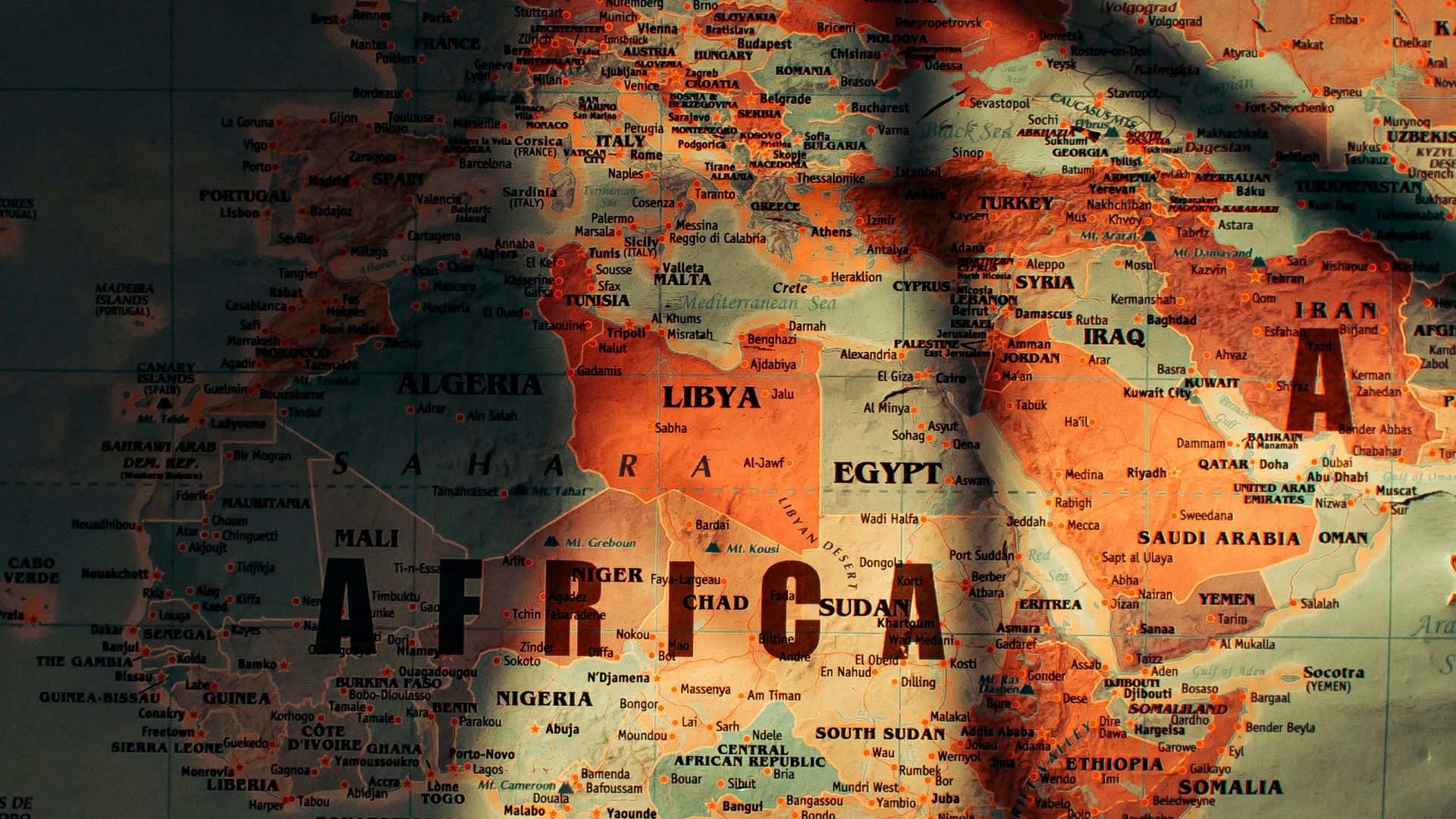Africa’s urban landscape is undergoing a significant transformation. Projections indicate a doubling of the urban population to 1.4 billion by 2050, establishing the continent as a key global region for urban development, second only to Asia. The scale of this shift can be seen in major urban agglomerations like Greater Cairo; with an estimated population exceeding 23 million based on early 2025 data. This rapid urbanization presents a dynamic market for architectural businesses, demanding a clear understanding of current trends.
Sources for more data are, Africa’s Urbanization Dynamics 2025-OECD, and Africa’s Urbanisation Dynamics 2025: Planning for Africa’s Urban Expansion-Cities Alliance
Key Trends and Business Implications
Infrastructure Strain
- Reports continue to highlight the significant infrastructure deficits in African cities. For instance, ongoing analysis indicates that a substantial percentage of businesses face regular power outages, impacting productivity. Similarly, transportation challenges, as consistently reported by traffic monitoring agencies and economic analyses in cities like Lagos, result in significant economic losses annually.
- Business Implication: This persistent infrastructure strain creates a sustained demand for architectural and urban planning expertise in resilient infrastructure design, including decentralized energy solutions, efficient transportation networks, and smart city technologies.
The Housing Status
Data point to a significant housing deficit across urban Africa. A large proportion of the urban population continues to reside in informal settlements, underscoring the urgent need for increased housing supply.
- Business Implication: This ongoing demand presents opportunities for architectural firms specializing in affordable housing solutions, innovative construction methodologies like 3D printing and sustainable, scalable housing designs.
Climate Change Impacts
In early 2025, African cities continue to face intensifying climate crises, with major flooding not only in Uganda but also in parts of Kenya and Nigeria, alongside prolonged droughts in southern Africa. These extremes are damaging infrastructure, displacing communities, and threatening food security, revealing systemic weaknesses in urban planning and environmental management.
- Business Implication: There is surging demand for architectural solutions that integrate flood defenses, drought resilience, passive cooling, and regenerative land use, making climate-adaptive design a critical expertise.
- Sustainable and Contextual Design: There is a growing emphasis on architectural solutions that are both environmentally sustainable and culturally relevant. Architects like Francis Kéré continue to gain global recognition for their work integrating local materials and passive design principles. Initiatives that prioritize locally sourced materials, such as bamboo in affordable housing projects in Rwanda, are gaining momentum. Recent construction industry reports highlight cost-effectiveness as a major driver behind this trend. Architectural firms that embed local materials, energy-efficient strategies, and culturally sensitive aesthetics into their designs are better positioned to meet Africa’s evolving market demands. At the same time, the focus is expanding toward vernacular, low-carbon materials, nature-based solutions, and context-specific innovations. These approaches enhance resilience while aligning with Africa’s broader environmental justice goals.
Strategic Considerations for Architectural Businesses
To navigate the current landscape of African urban development, architectural businesses should focus on:
- Developing demonstrable expertise in the key trend areas outlined above, backed by successful project case studies.
- Actively engaging with local regulations and policies, such as affordable housing initiatives and building codes, to identify viable project opportunities.
- Building strong local partnerships with developers, contractors, community organizations, and government agencies.
- Exploring the integration of technology and proptech solutions to enhance design efficiency, project management, and client communication.
Proptech: The use of technology to innovate and improve all aspects of the real estate industry, from design and construction to management and user experience.
The urban development sector in Africa presents significant and evolving opportunities for architectural businesses that are informed, innovative, and responsive to the specific needs and challenges of the continent as of April 2025. Focusing on demonstrable expertise and local context will be crucial for success.

Leave a Reply